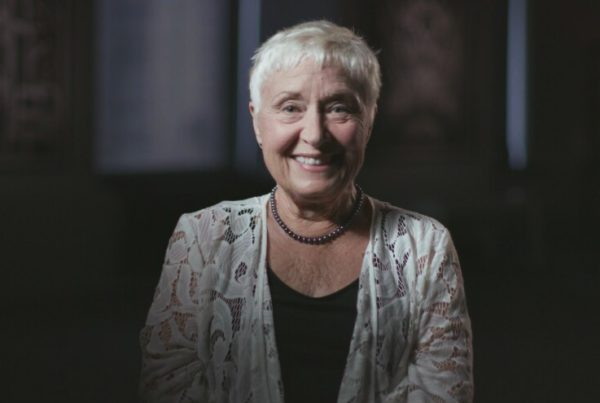From Texas Public Radio:
City and business leaders in the tiny town of Castroville have taken steps to protect the community’s Alsatian heritage as large housing developments spring up nearby.
The city — west of San Antonio on Highway 90 — seems to be doing well in the face of change.
Marvin Dziuk opened Dziuk’s Meat Market on Highway 90 in the 1970s. He remembers traffic on the state highway was a rare site then, and recalls a conversation he was having with the police chief under a mesquite tree in front of his business in 1975.
“We were having a conversation and he says, ‘Wait, wait, be quiet, stop.’ And he pulled out his radar gun. ‘Here comes one down the hill,'” Dziuk said. “A car was coming down the hill and he wanted to shoot it with his radar gun… I mean this is the kind of traffic we were exposed to back in the ’70s when I moved here.”
Now, there are an estimated 50,000 vehicles traveling through Castroville every day on Highway 90. Some farms and ranches that once insulated the outskirts of the town have been sold over time to developers. Just one new subdivision will have nearly a thousand modern homes, doubling the town’s population of 3,000 people.
Those modern homes will have some of the characteristics of many of the town’s historic homes built in the mid 1800s by Alsatian settlers who were led there by land empresario Henri Castro.

The Nicholas Haby House & Store is just one of dozens of structures that are fine examples of Alsatian architecture.
Brian Kirkpatrick
Bradford Boehme is a seventh generation Alsatian descendent who still farms the same land his ancestors tilled.
“Castroville became kind of time capsule and that’s why you still have a lot of of these very neat, old Alsatian buildings. They’re made of stone and cypress and they were built right and have lasted and used for businesses and homes,” he said.
Boehm said local families have helped create a fund to preserve the heart of the town. He described their goal for the city center.
“Try to make it usable and retain its charm at the same time and have some good businesses and restaurants and stuff in here to where when you drive by and you look downtown, you don’t see a bunch of, you know, faded buildings with cobwebs and dust all over the windows, you see a bustling city street with cobblestones and flower boxes and a bunch of neat stuff going on,” Boehm said.

Fiorella Street has several Alsatian-style homes and buildings.
Brian Kirkpatrick
Historical markers are dotted throughout the town, where Boehme said a few residents can still speak Alsatian.
As far as new developments, Mayor Darrin Schroder said they are working to coexist with them and shape a future friendly relationship.
“We have a very talented attorney that’s helping us with development agreements,” he said. “You can’t stop the growth and you can’t always control it, but we’re trying to just encourage people to do good things, to do quality construction, to put in some elements that are a little bit unique to Castroville.”
Those construction elements include native limestone and steep roofs, like found in the local Alsatian architecture. Even a mini storage complex off Highway 90, east of Castroville, has incorporated an Alsatian-shaped roof into its architecture.
Dziuk said his meat market has expanded four times along with Castroville’s growth, so he is hopeful about future development.
“The growth is eminent. We just got to learn to control it, do the best we can with the situation we’re exposed to. It’s really a wonderful place to be,” Dziuk said.
Boehm sees a mixture of farms, ranches, and home developments on the edges of town.
“There’s gonna be a balance I think. There’s gonna be some folks that are going to be able to stick with those neat, old traditions and pass it on to their children and then there’s going to some that aren’t going to be able to accommodate that idea and those are going to become the subdivisions,” Boehm said.
He added the city’s old timers would sometimes refer to outsiders using the term “fremde,” a sort of tough love until they become accepted into the community.
Some developers are working to be accepted now.














